By Bishop Joseph Kopacz
I look forward to the beginning of the 2014-15 school year when I will have my first opportunity to celebrate the opening Mass in many of our Catholic schools around the diocese. It is my goal to preside at the Eucharist with all of our Catholic school students as early in the school year as scheduling permits.
The tradition of Catholic school education in the Diocese of Natchez, Natchez-Jackson, and now Jackson is a long and venerable one. The accomplishments of the past, extending well back into the 19th century are still visible today along the Mississippi River with our schools in Greenville, Vicksburg and Natchez where the journey began.
Over time schools were developed across the diocese, and this year the tradition continues with opening day in Jackson, Madison, Meridian, Columbus, Greenwood, Clarksdale, Holly Springs, and Southaven along with the locations mentioned above on the river. I look forward with eagerness to meeting the students, faculty, staff and families in each of our school settings.
As the Catholic Church developed its mission in the United States to “go therefore and make disciples of all nations, baptizing them in the name of the Father, the Son and the Holy Spirit, teaching them to observe all that I have commanded you, and know that I am with you always until the end of time” (Matt 28,18-20), the bishops and the faithful realized the urgency of the primary place Catholic schools would hold in the mission to teach the next generation.
The third gathering of the American bishops in formal convocation in Baltimore in 1884 was perhaps the most significant with regard to Catholic education. Their decree that all parishes provide Catholic education set in motion the most vigorous Catholic school building campaign in history.
The Diocese of Jackson embraced this mandate and built schools to educate all children, black and white, from families willing to sacrifice on their behalf. I regularly encounter many people from around the diocese who attended our Catholic schools, and they are grateful for the education they received, and the sacrifices that made it possible. Each Catholic generation faces the challenges of sustainability in providing a high quality of Catholic education. Paying for our schools while being faithful to the mission of Jesus Christ is always a labor of love.
During the commemoration of Freedom Summer it is a blessing to appreciate the honorable legacy of Catholic education that was available to the descendants of those who had been slaves.
Throughout the latter part of the 19th century, and for more that half of the 20th century segregation was a huge hurdle to overcome. Opening the school doors to the black population in the face of Jim Crow laws had enormous challenges, but the Catholic Church responded, empowered by the Lord Jesus to teach all the nations. In the Catholic School tradition, separate but equal was not a hollow expression. I quote from the writings of those who were graduated from Saint Joseph’s School in Meridian in the first half of the 20th century.
It all comes down to a matter of preparedness. A sense of togetherness, combined with a high level of academic experience, gave St Joseph’s students as much preparation as possible for the unknown. Students were being formed to accept not only what was around the corner in life, but also to turn that corner with confidence.
The passage of the Civil Rights legislation in 1964 was another corner to be turned in our Catholic School System and Bishop R. O. Gerow and the pastors, educators, and faithful of the Diocese of Jackson turned that corner with confidence and integrity as we read in the Bishop’s letter.
(To be announced in Church Sunday, August 9, 1964)
My Dearly Beloved Brethren in Jesus Christ:
I write you regarding a matter to which I have given much thought and prayer and on which I have made a decision. Accordingly, it is to be the policy of the Catholic schools in the diocese to admit qualified Catholic children to the first grade without respect to race. This is effective September 1964. Implementation of this decision will be handled by each pastor in consultation with me. I call upon the Catholic people of Mississippi to give witness to a true Christian spirit by their acceptance of and cooperation in the implementation of this policy. I rely upon your devotion and ask for your prayers that whatever adjustments ensue, they may redound to the greater honor and glory of God and the strengthening of the bond of charity which unites us all in Christ.
Wishing you God’s abundant blessing, I am
Sincerely yours in Christ,
+ R. O. Gerow
Most Reverend R. O. Gerow
This is the honorable tradition of which we are a part. As disciples of the Lord, we recognize that we are all life-long students, marked by the distinguished process of growth in knowledge, wisdom and grace. We help one another to be open to the Holy Spirit who draws us out of the darkness of ignorance and fear, and leads us into His marvelous light of knowledge and understanding, courage and right judgment in living our lives every day.
May God continue to bless all who sacrifice in our generation to make our Catholic schools a reality, a unique path in fulfilling the Lord’s command to teach all of the nations.
(Editor’s Note: Due to vacation, travel and other committments, Bishop Kopacz will not write columns in the August editions of Mississippi Catholic. His column will return in September)

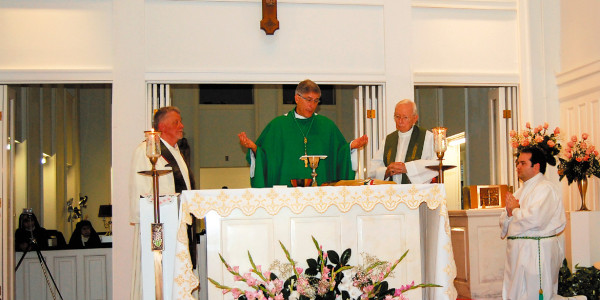
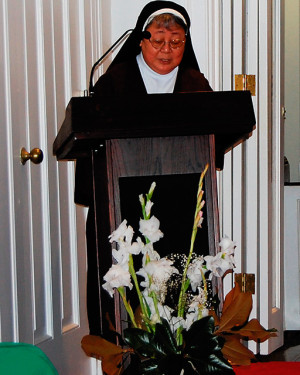
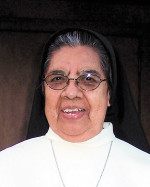
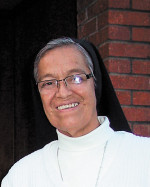


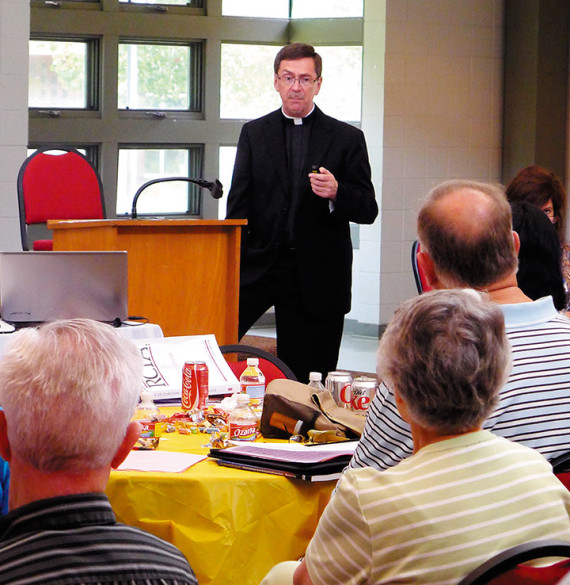
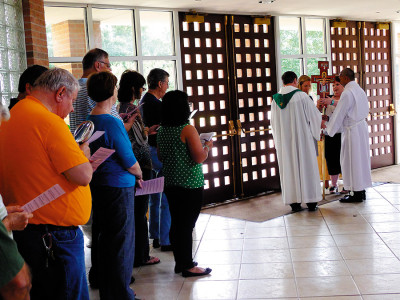
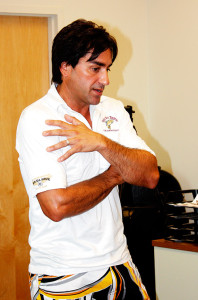
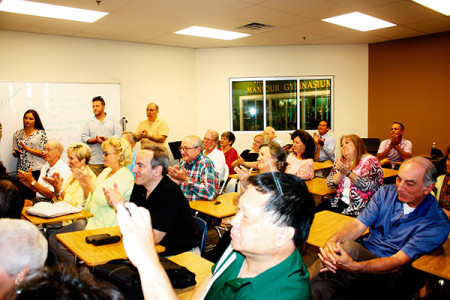
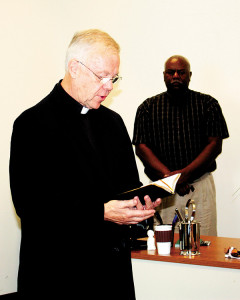
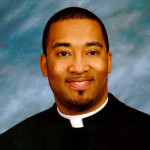 Father Ricardo Phipps appointed pastor of Jackson St. Therese Parish in addition to his duties as pastor at Christ the King and St. Mary Churches, effective July 1, 2014.
Father Ricardo Phipps appointed pastor of Jackson St. Therese Parish in addition to his duties as pastor at Christ the King and St. Mary Churches, effective July 1, 2014. Father Jeremy Tobin, O.Praem, associate pastor, Jackson Christ the King, St. Mary and St. Therese Churches, effective July 15, 2014.
Father Jeremy Tobin, O.Praem, associate pastor, Jackson Christ the King, St. Mary and St. Therese Churches, effective July 15, 2014.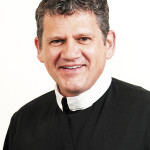



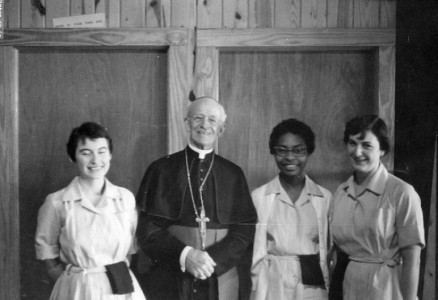
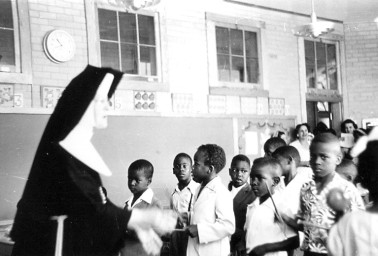
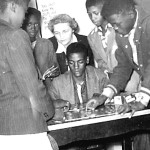 that the role of St. Francis of Assisi Parish was important to their own success in life, and in helping improve the chances for Greenwood’s poor black families, as well as helping turn the tide against the era’s racist ways.
that the role of St. Francis of Assisi Parish was important to their own success in life, and in helping improve the chances for Greenwood’s poor black families, as well as helping turn the tide against the era’s racist ways.